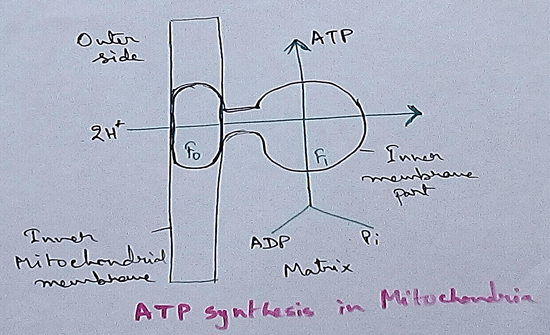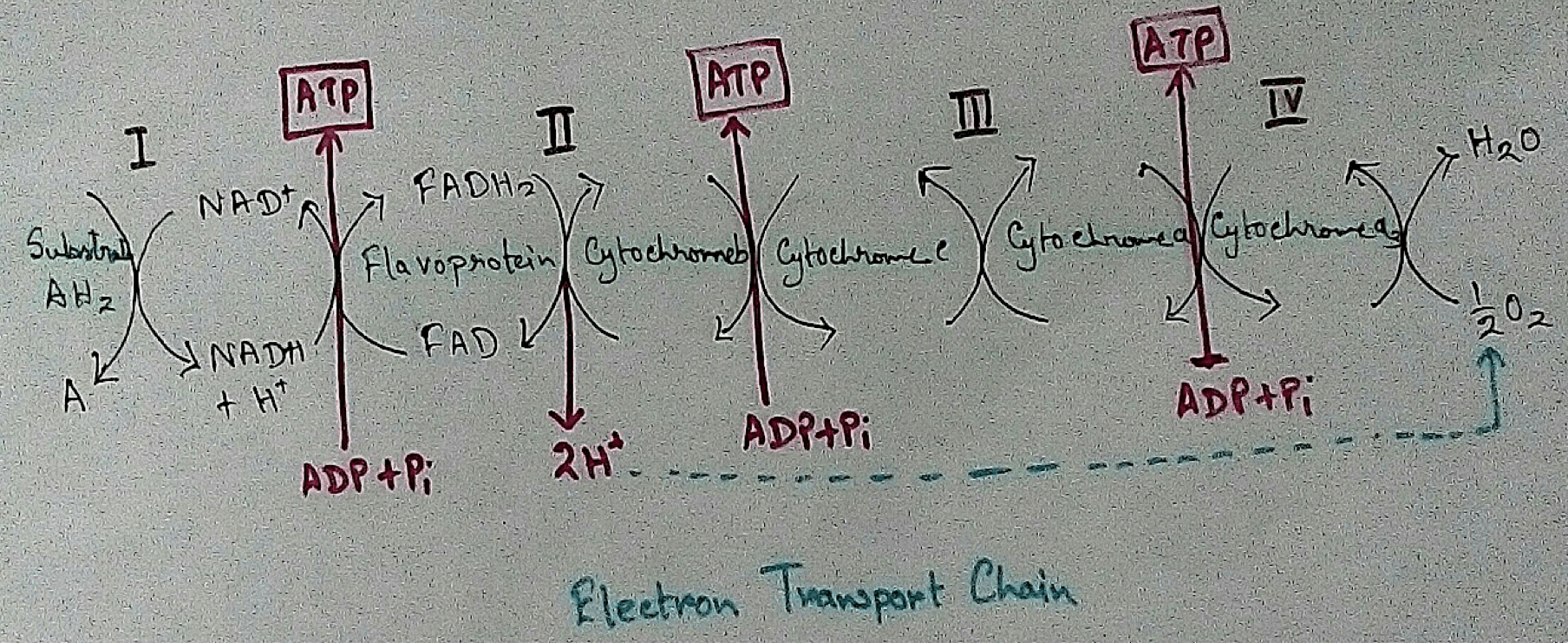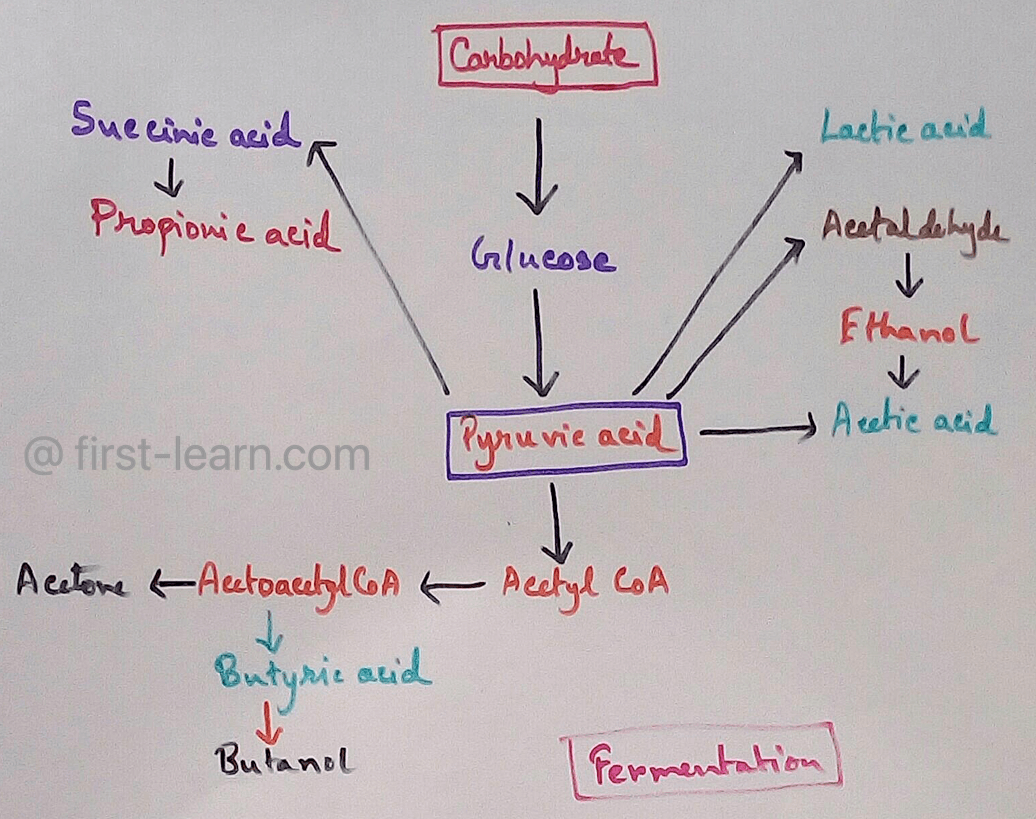Worksheet on Our Earth
Worksheet on our Earth contains various types of questions on layer of the Earth, shape of the Earth, rotation of the Earth and revolution of the Earth.
We know that we live on the outer part of the earth known as the crust which is the cool part. The middle part is called the core and the part between the crust and the core is called the mantle.
I. Fill in the blanks:
(i) The Earth ____________ around its axis.
(ii) The outer part of the earth is called the ____________.
(iii) The Earth is very ____________ inside.
(iv) The Earth is not perfectly ____________.
(v) The part between the crust and the core is called the ____________.
II. Write ‘C’ for the
correct statements and ‘W’ for the wrong statements:
(i) The revolution of the Earth causes day and night.
(ii) The earth is slightly flattened at its top and bottom.
(iii) The part between the core and the mantle is the crust.
(iv) The Earth takes 300 days to complete one revolution around the Sun.
(v) Our Earth is the only planet having life on it.
III. Answer the following questions:
(i) How many days does the Earth take to complete one revolution around the Sun.
(ii) What is the shape of the Earth?
(iii) How does our Earth look from outer space?
(iv) What causes different the seasons?
|
IV. Match the following: (i) Orbit
(ii) Mantle (iii) Rotation (iv) Core (v) Revolution |
(a) The art between the crust and core. (b) About 24 hours.
(c) A fixed path of revolution of the Earth. (d) About 365 days. (e) Very hot part of the Earth at the middle. |
Check the answers of the worksheet on our Earth:
Answers:
I. (i) rotates
(ii) crust
(iii) hot
(iv) round
(v) mantle
II. (i) W
(ii) C
(iii) W
(iv) W
(v) C
III. (i) The Earth takes bout 365 days to complete one revolution around the Sun.
(ii) The shape of the Earth is like a round ball which is slightly flattened at the top and bottom.
(iii) Our Earth looks like a beautiful blue ball from outer space.
(iv) The revolution of the Earth causes different seasons.
|
IV. (i) Orbit (ii) Mantle (iii) Rotation
(iv) Core (v) Revolution |
(c) A fixed path of revolution of the Earth. (a) The art between the crust and core.
(b) About 24 hours. (e) Very hot part of the Earth at the middle. (d) About 365 days. |
• Our Earth
From Worksheet on Our Earth to HOME PAGE
Recent Articles
-
Respiratory Balance Sheet | TCA Cycle | ATP Consumption Process
Feb 18, 24 01:56 PM
The major component that produced during the photosynthesis is Glucose which is further metabolised by the different metabolic pathways like glycolysis, Krebs cycle, TCA cycle and produces energy whic… -
Electron Transport System and Oxidative Phosphorylation | ETC |Diagram
Feb 04, 24 01:57 PM
It is also called ETC. Electron transfer means the process where one electron relocates from one atom to the other atom. Definition of electron transport chain - The biological process where a chains… -
Tricarboxylic Acid Cycle | Krebs Cycle | Steps | End Products |Diagram
Jan 28, 24 12:39 PM
This is a type of process which execute in a cyclical form and final common pathway for oxidation of Carbohydrates fat protein through which acetyl coenzyme a or acetyl CoA is completely oxidised to c… -
Aerobic Respiration | Definition of Aerobic Respiration | Glycolysis
Dec 15, 23 08:42 AM
This is a type of respiration where molecular free oxygen is used as the final acceptor and it is observed in cell. Site of Aerobic Respiration - Aerobic respiration is observed in most of the eukaryo… -
Fermentation | Definition | Types of Fermentation | Application
Nov 29, 23 10:27 PM
Definition of fermentation- It is a process that is energy yielding process of anaerobic oxidation of organic compounds which are carried out by the enzyme action of micro organisms where neither gase…




New! Comments
Have your say about what you just read! Leave me a comment in the box below.